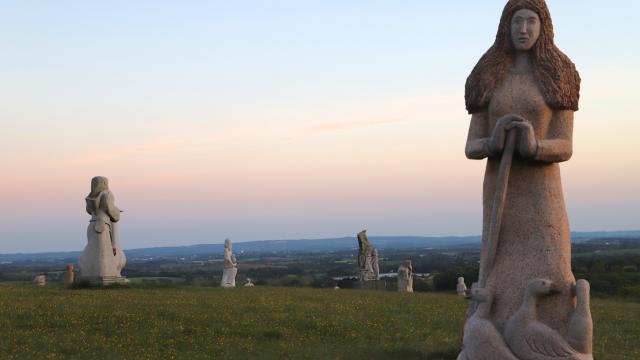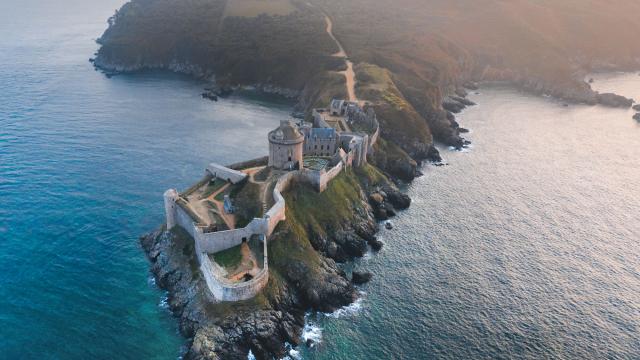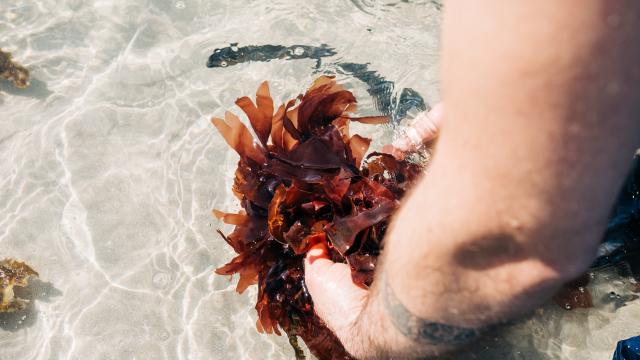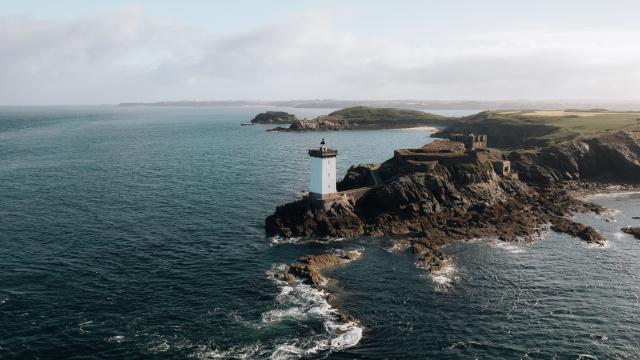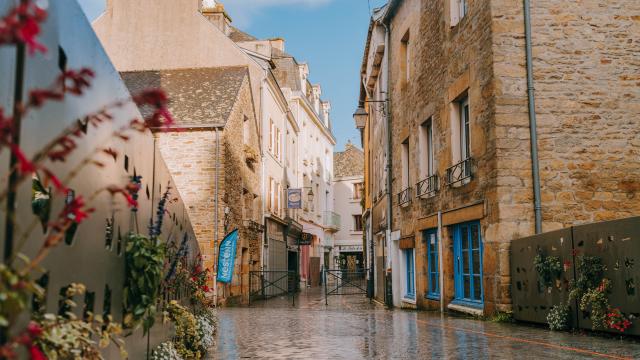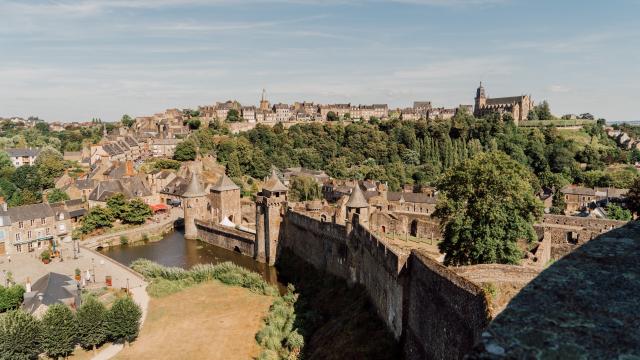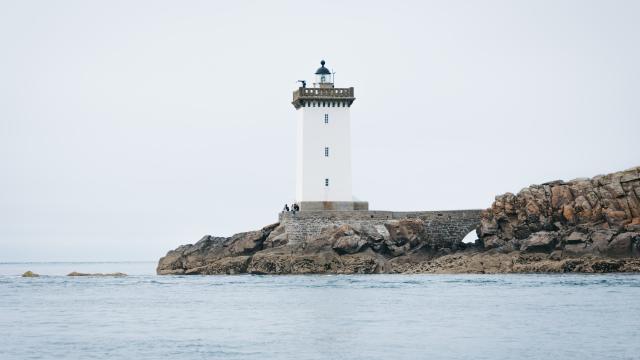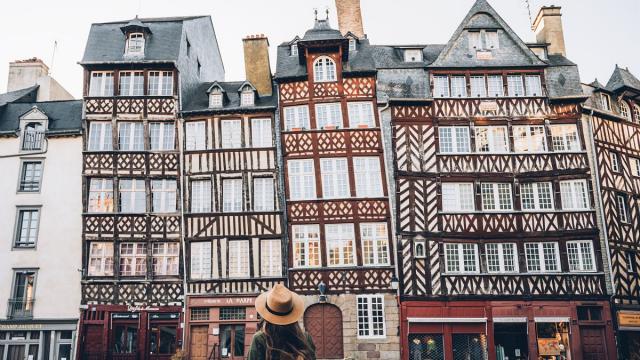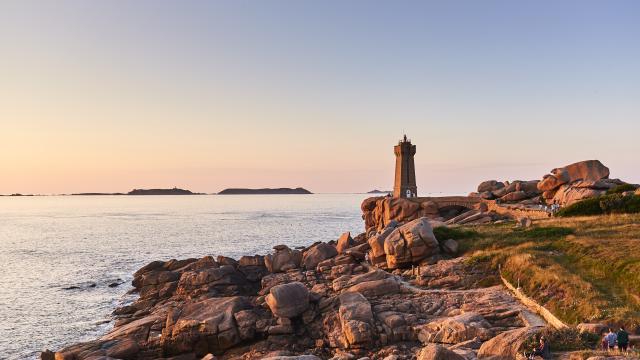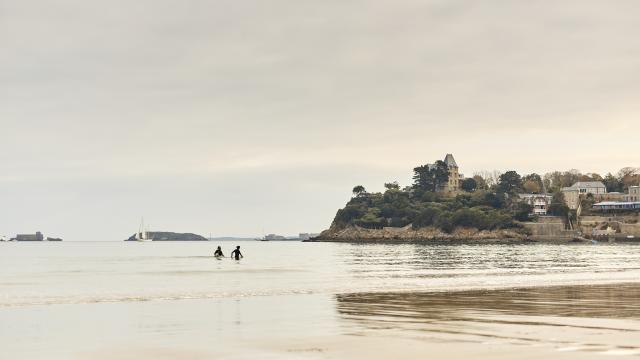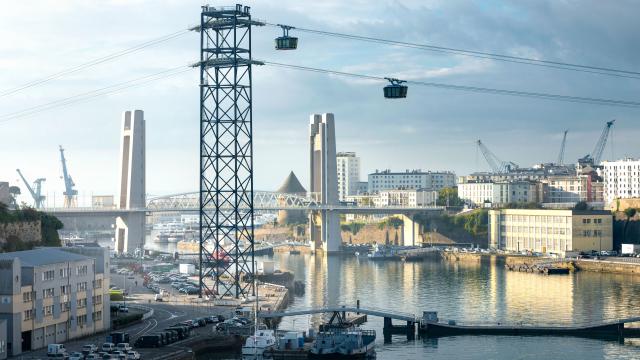 Le téléphérique reliant les ateliers de Capucins et la ville de Brest
Le téléphérique reliant les ateliers de Capucins et la ville de Brest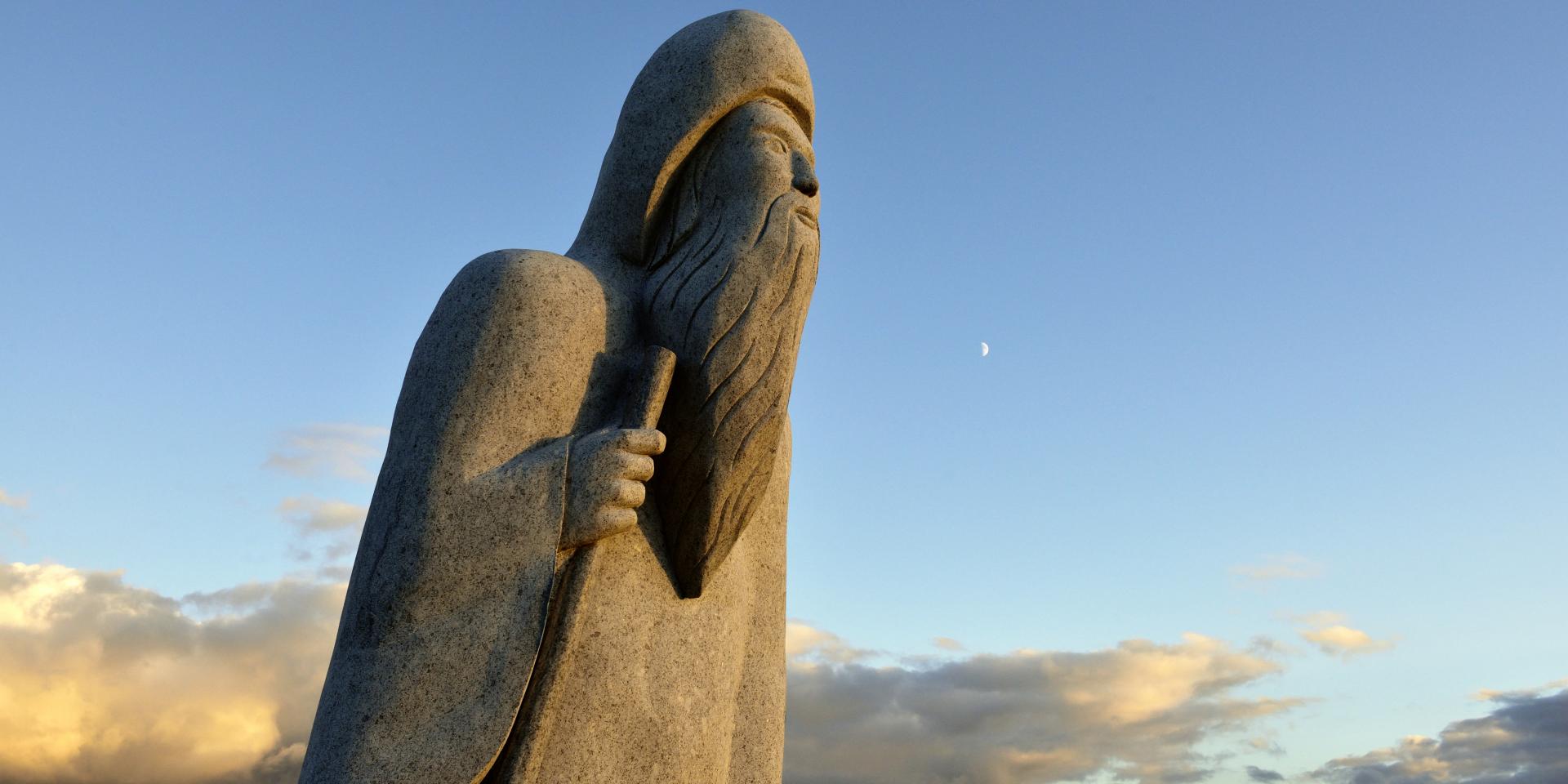 Bretagne, Côtes d'Armor, Carnoet, Vallée des Saints
Bretagne, Côtes d'Armor, Carnoet, Vallée des SaintsMasterpieces of religious architecture in BrittanyThe parish closes, la vallée des Saints, Quimper, Sainte-Anne d'Auray...
 Le téléphérique reliant les ateliers de Capucins et la ville de Brest
Le téléphérique reliant les ateliers de Capucins et la ville de BrestBrest
Brest, the largest bay in Europe, is a town focused on the sea. Its port is the stage for gatherings of traditional sailing boats, including the “International Maritime Festivals”. Its magnificent bay opens onto the archipelago of the islands of Molène and Ouessant. Don’t miss: Les Ateliers des Capucins. These buildings, steeped in history, are becoming the symbol of urban renewal of the Brest metropolis. Brest Castle, a rare vestige of the city’s history, houses the National Marine Museum. Lastly, Océanopolis, the ocean discovery centre, is unique in Europe.
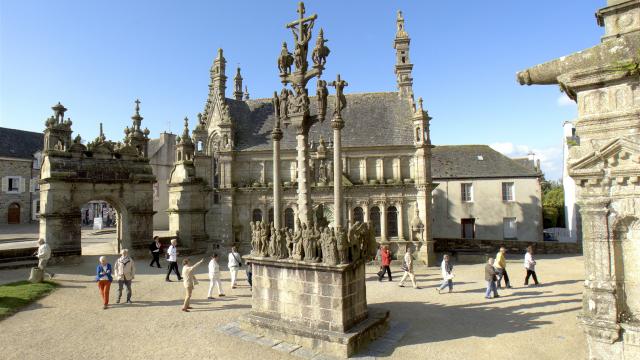 Eglise paroissiale de Saint-Thegonnec.
Eglise paroissiale de Saint-Thegonnec.Step 01
The parish closes
The churchyards from the 15th to 17th centuries celebrate regional devotion and the prosperity of the textile factory. Well-known in Europe for their picturesque embellishments, they compete in magnificence. In a closed space they contain: an ossuary, a calvary decorated with characters, a chapel, a triumphal gate and a cemetery. The most famous are: Saint Thégonnec, Lampaul Guimiliau, Guimiliau (there is a presentation at the Tourist Office) and Sizun
Step 02
La vallée des Saints
The birthplace of incredible monumental sculptures ! There are currently around 110 statues standing on the grass, looking down over the valley, representing the monks who came over from Ireland, Wales or Cornwall to bring Christianity to Brittany, each bearing the signature of a different sculptor.
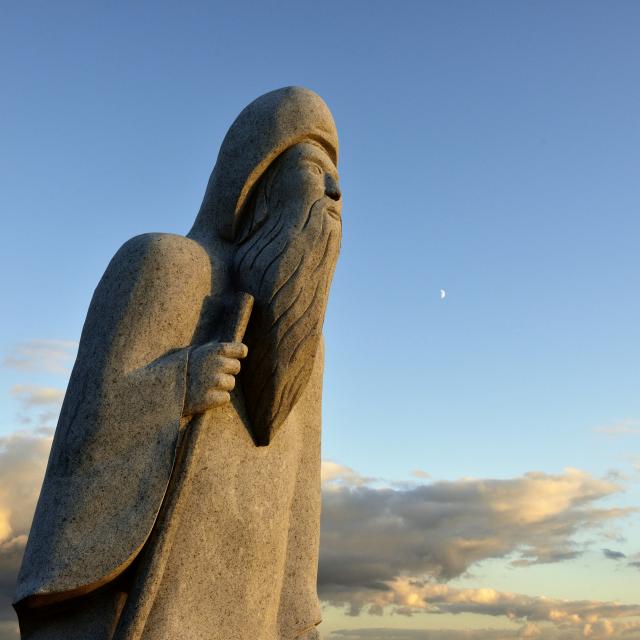 Bretagne, Côtes d'Armor, Carnoet, Vallée des Saints
Bretagne, Côtes d'Armor, Carnoet, Vallée des Saints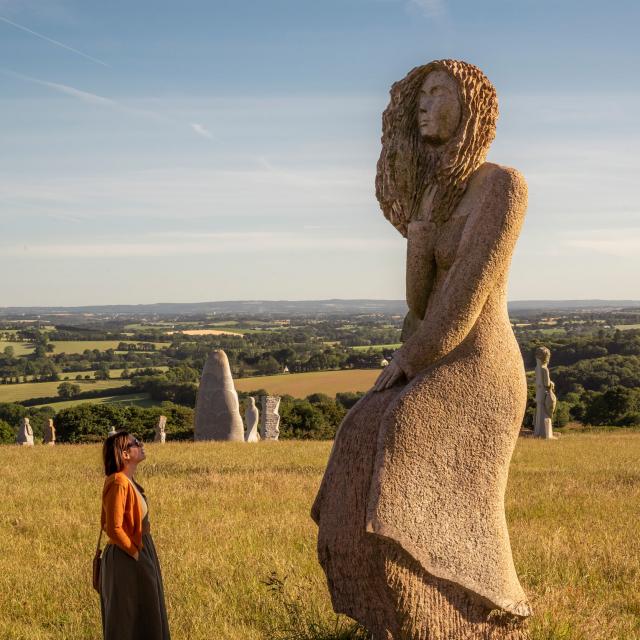 Crtb Ae05878 Maria Gracia Salas Rodriguez
Crtb Ae05878 Maria Gracia Salas Rodriguez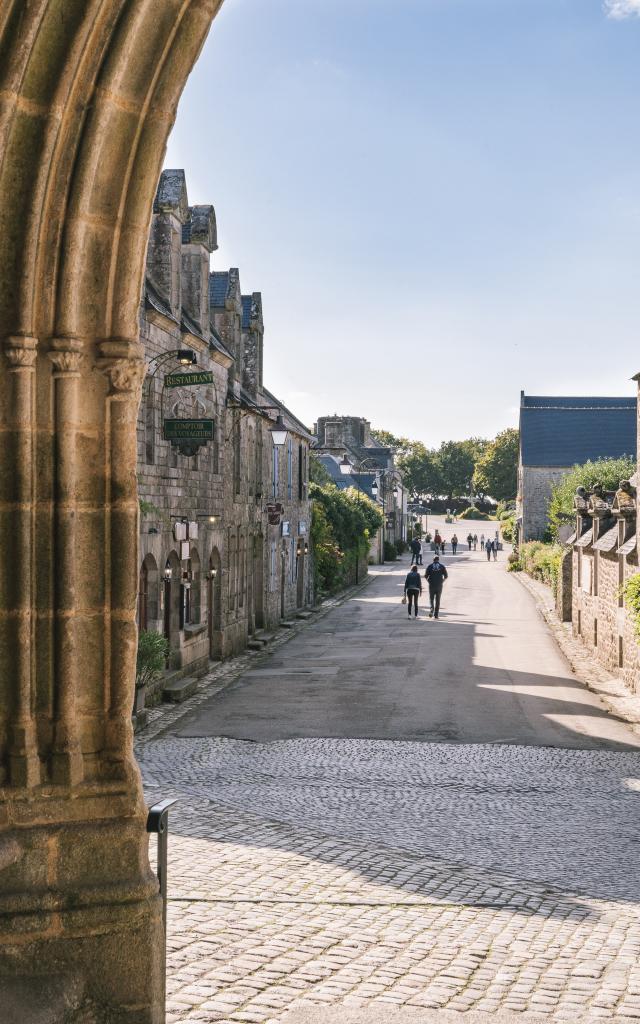 Crtb Ae00957 Ragot Eugenie
Crtb Ae00957 Ragot Eugenie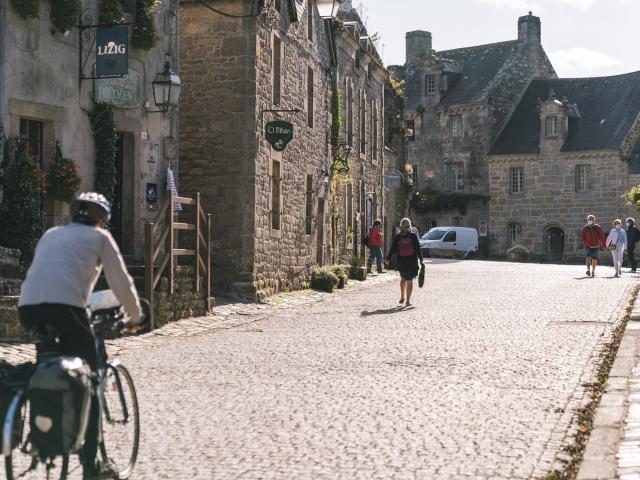 Crtb Ae00962 Ragot Eugenie
Crtb Ae00962 Ragot Eugenie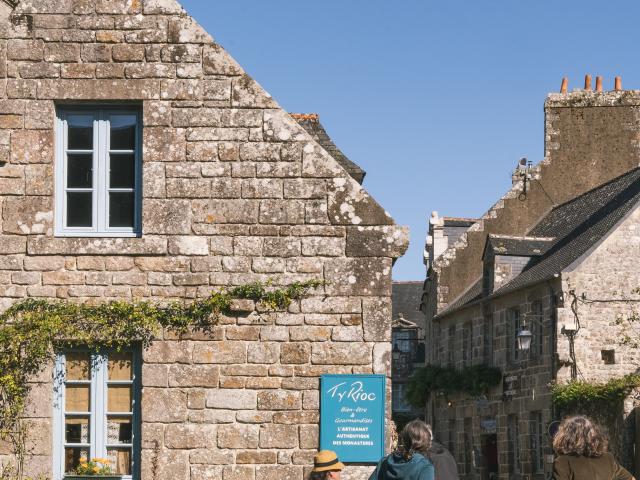 Crtb Ae00955 Ragot Eugenie
Crtb Ae00955 Ragot EugenieStep 03
Locronan
Locronan, labelled a “Small Town of Character” and member of the “Most Beautiful Villages of France”, is one of the most prestigious sites in Brittany due to its architectural quality. A beautiful collection of large houses frames the picturesque Grand’Place. Once the capital of the sailcloth industry in Brittany from the 15th century, this large tourist hub, highly appreciated by film-makers, has retained all of its charm of times gone by. Don’t miss the Christmas market.
Step 04
Quimper
Quimper, Town of Art and History, cultural capital of Brittany, is an essential place to visit. The heritage in this town of traditions features cobbled squares and streets lined with half-timbered houses. The sumptuous Saint Corentin cathedral, dating from the 13th century, is a gem of Breton Gothic art. It also has a wealth of museums of art and history, and a diversity of remarkable gardens. Don’t miss the famous Henriot ceramic factory.
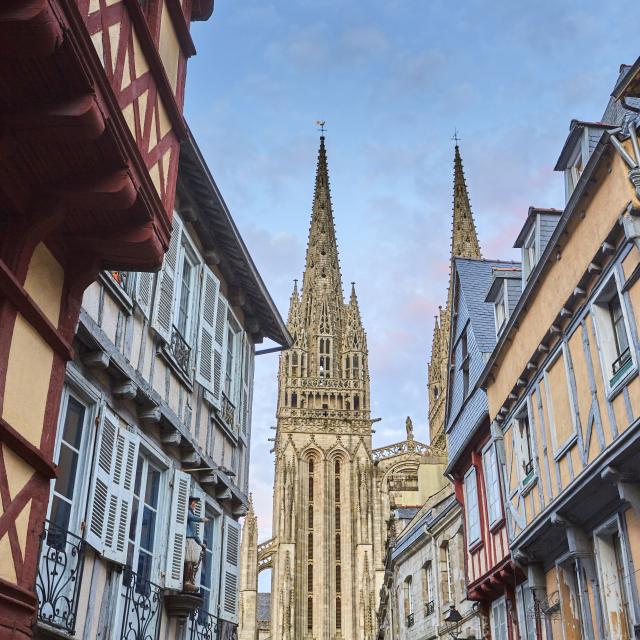 Crtb Ae02190 Lamoureux Alexandre
Crtb Ae02190 Lamoureux Alexandre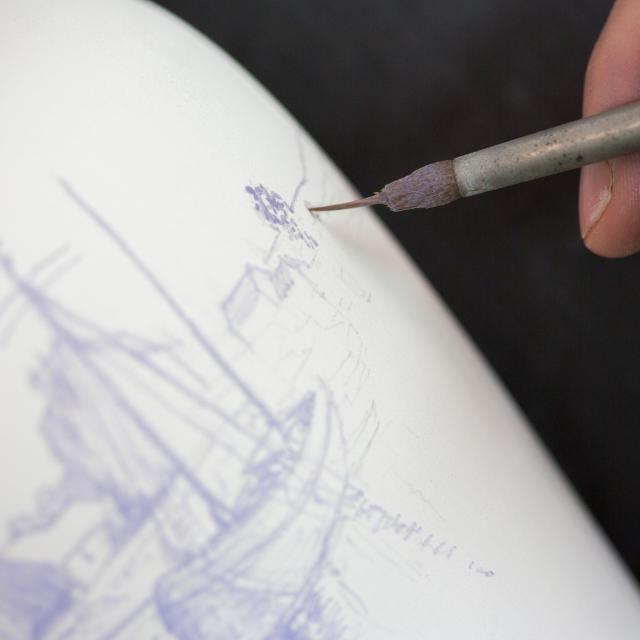 Crtb Ac3585 Bourcier Simon
Crtb Ac3585 Bourcier Simon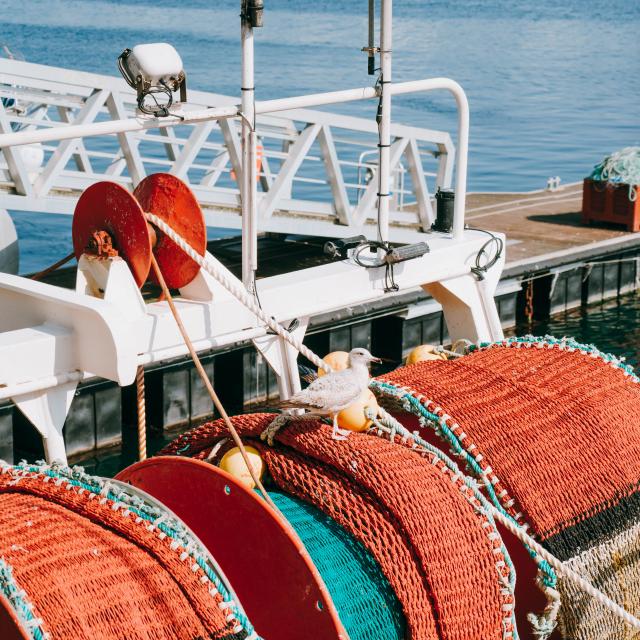 Crtb Ae04501 Noe C
Crtb Ae04501 Noe C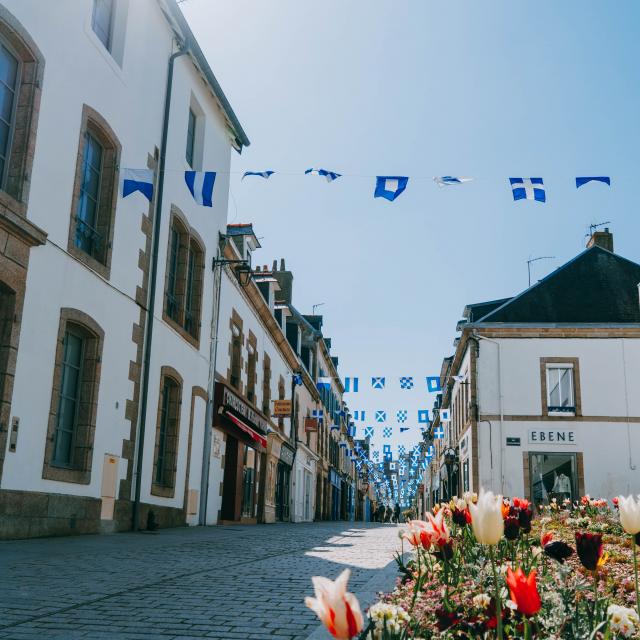 Crtb Ae04499 Noe C
Crtb Ae04499 Noe CStep 01
Concarneau
A Town of Art and History, the Blue Town, entirely focused on the sea, has a rich architectural heritage. Famous for its walled city dating from the 11th century – an exceptional fortified site on a 352-m long island – it has spanned the centuries sheltered by its ramparts. Concarneau contains several versions of maritime life with a fishing port, marina and find sandy beaches.
Step 02
Sainte-Anne d’Auray
3rd place of pilgrimage after Lourdes and Lisieux, the city sanctuary Sainte-Anne d’Auray is the first site of Catholic pilgrimage in Brittany. The Basilica combines Gothic and
Renaissance styles with sumptuous stained-glass windows reminiscent of the apparitions, the pilgrimage and the life of Saint Ann. The cloister, built in the 17th century and with exceptional architecture, presents a beautiful collection of ex-voto. Other religious monuments stand in the park: the Scala Santa, the sailors’ stele, and the John Paul II Space and the Memorial. Every year, on 26th of July, the great pardon gathers thousands of pilgrims.
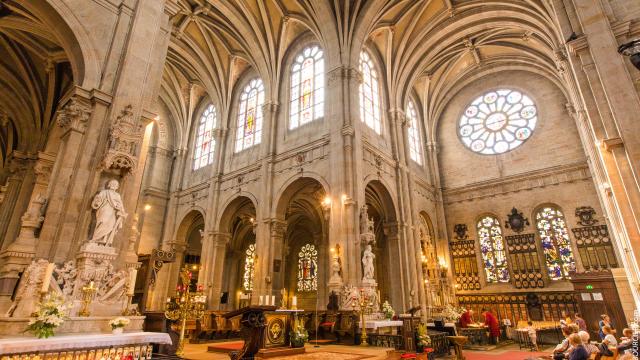 Pelerinage a Sainte Anne dAuray et le sacrement du pardon
Pelerinage a Sainte Anne dAuray et le sacrement du pardon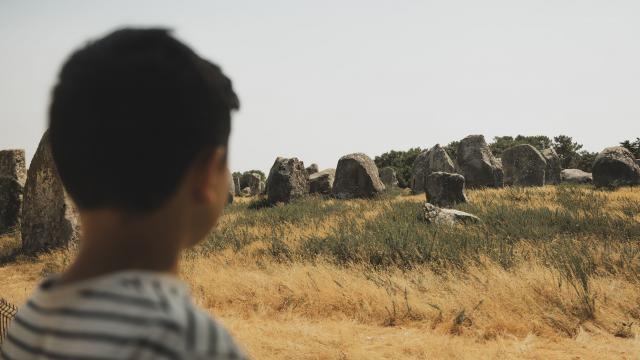 Crtb Ae01659 Gangs Of Mothers
Crtb Ae01659 Gangs Of MothersStep 01
Carnac
Carnac has one of the most extraordinary concentrations of standing stones in the world. More than 4,000 have been counted, arranged in alignments or hidden here and there, distributed over 40 hectares and 4 kilometres in length. The most impressive alignments are those of Menec, Kerlescan and Kermario. The Museum of Prehistory will tell you more about the origin of these megaliths.
Step 02
Vannes
Bordered to the south by the Gulf of Morbihan, Vannes is a marina, fortified town, medieval town, Town of Art and History, and so on. With its preserved architecture, magnificent French formal gardens, medieval streets and a lovely blend of elegant mansion houses and half-timbered houses that date back to the 15th century, Vannes is a major tourist destination in Brittany.
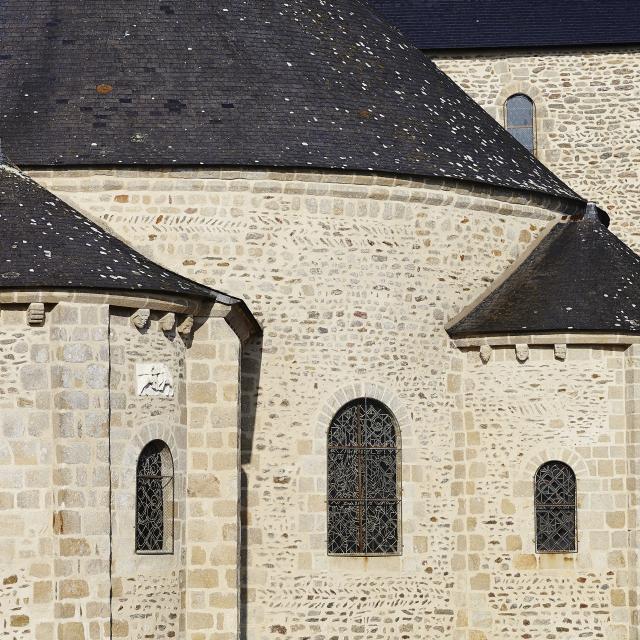 Crtb Ad7676 Lamoureux Alexandre Golfe Du Morbihan Vannes Tourisme
Crtb Ad7676 Lamoureux Alexandre Golfe Du Morbihan Vannes Tourisme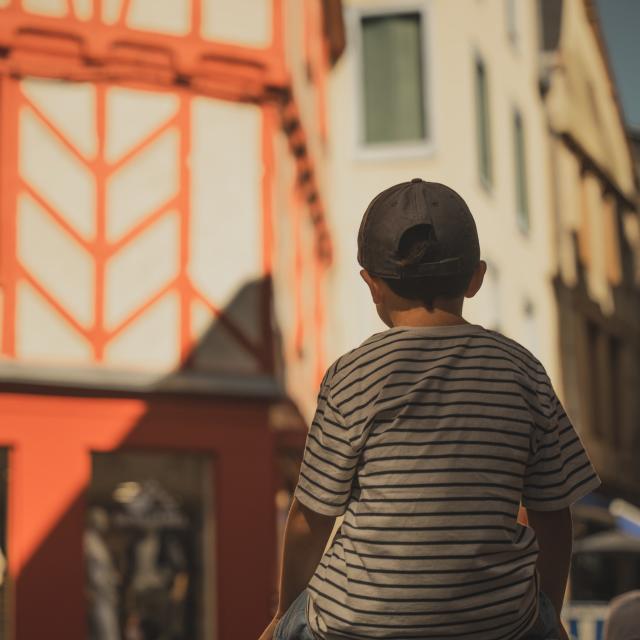 Crtb Ae04836 Gang Of Mothers
Crtb Ae04836 Gang Of Mothers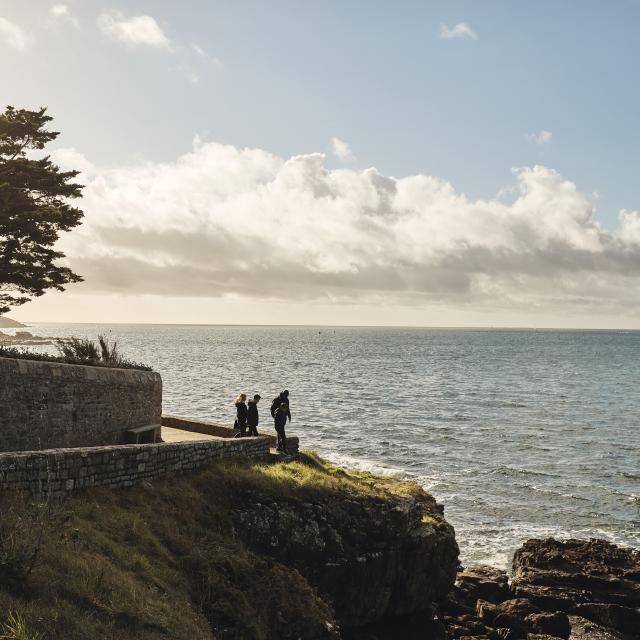 Crtb Ae05922 Lamoureux Alexandre Sensation Bretagne
Crtb Ae05922 Lamoureux Alexandre Sensation Bretagne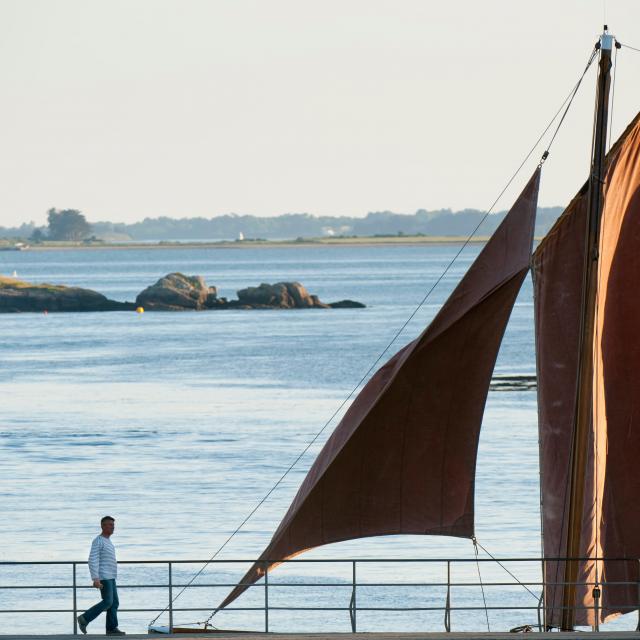 Crtb Ab8502 Berthier Emmanuel
Crtb Ab8502 Berthier EmmanuelStep 03
The Gulf of Morbihan
The Gulf of Morbihan extends between Vannes and the Rhuys Peninsular. It’s a popular destination for the beauty of its landscapes and the multitude of little islands. Two of these are easily accessible: Arz Island and Ile aux Moines, which can be reached by boat for a relaxing escapade. Every two years, in May, more than one thousand traditional and classic boats meet for Gulf Week.

